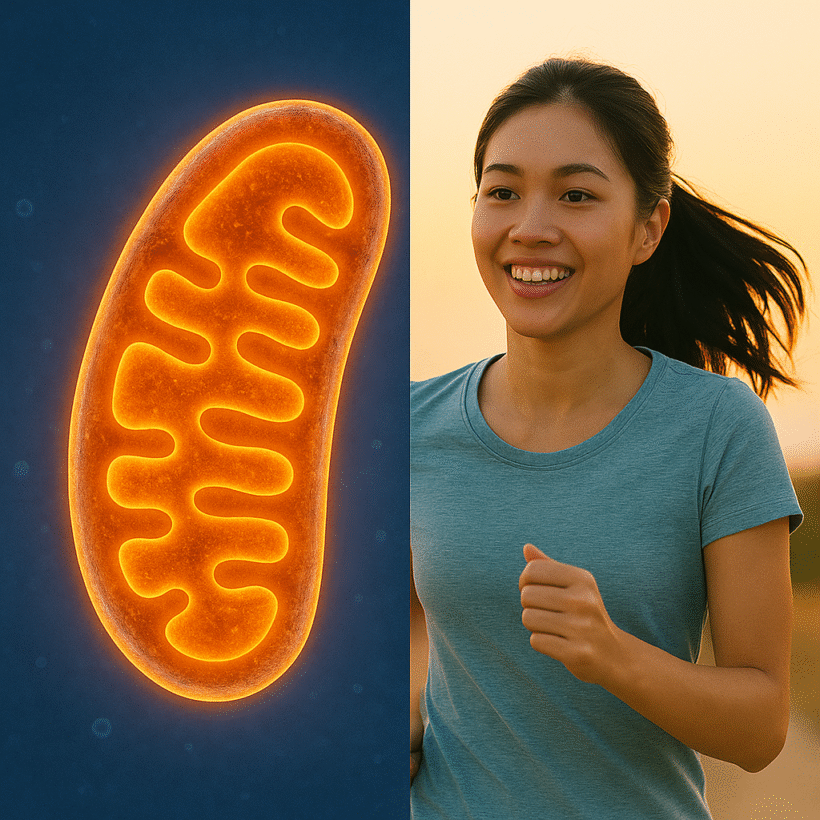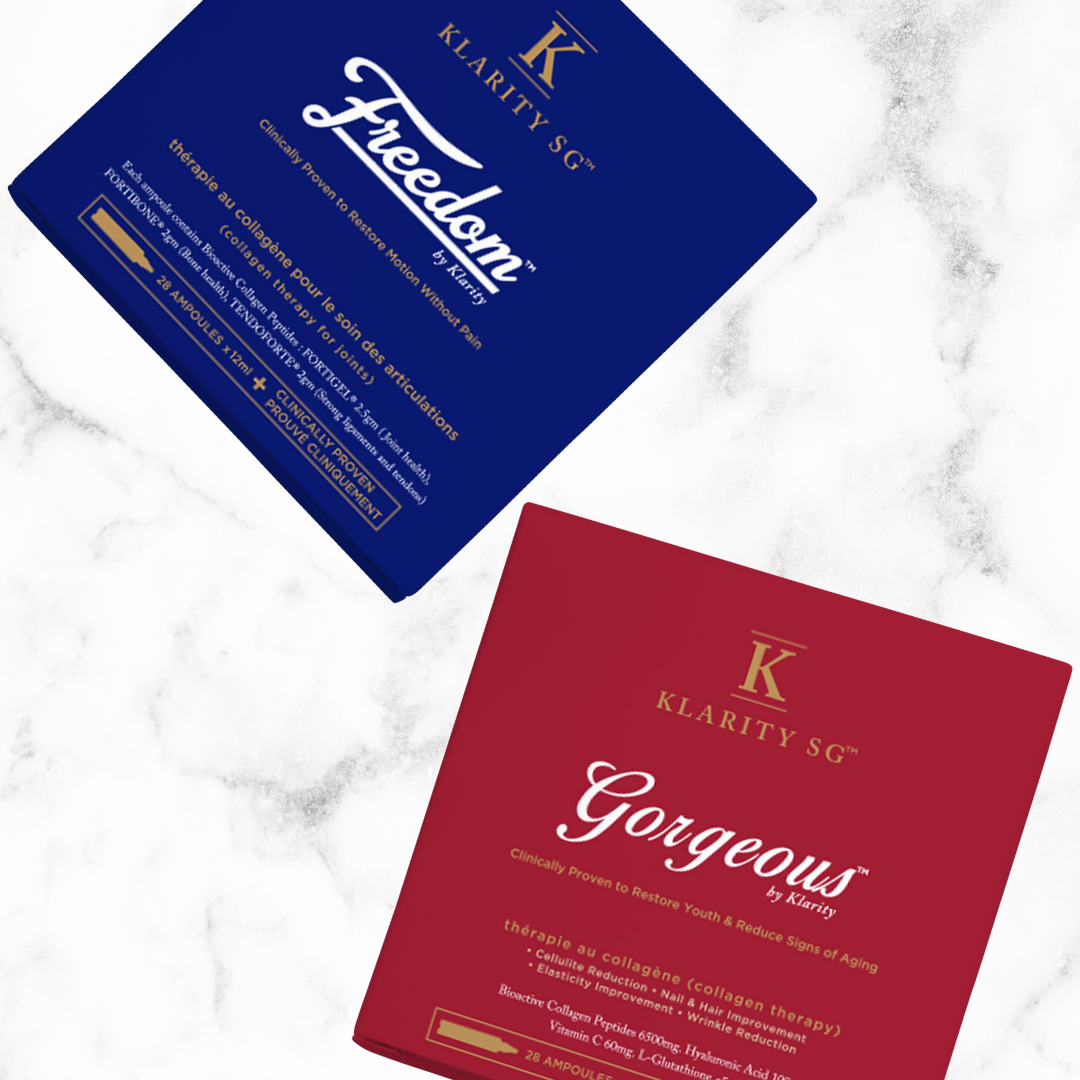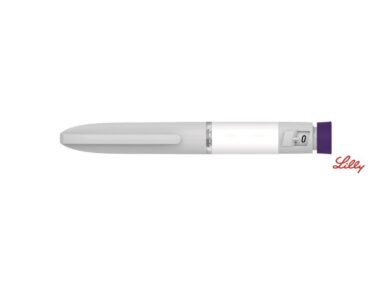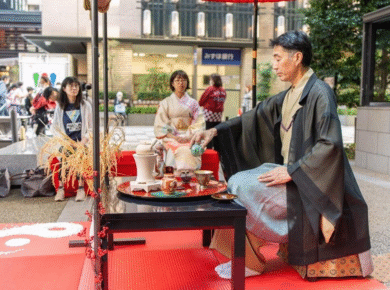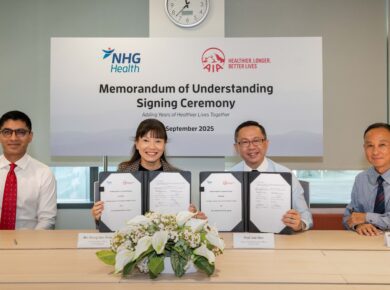What if your ageing clock isn’t measured by wrinkles or grey hairs, but by the tiny powerhouses inside your cells?
We often think of vitality as something we can see on the outside – glowing skin, strong muscles, or the absence of visible signs of ageing. But what if the real story of our energy, resilience, and even our mental well-being is being written much deeper, at the cellular level?
Setting the scene
That was the central theme at An Evening with Dr. Siobhan Mitchell – 30 Years of Longevity Science and the World’s First Mitochondrial Antioxidant, held at the New Zealand Trade and Enterprise office in Singapore.
Dr. Mitchell, chief scientific officer at MitoQ, has spent decades studying mitochondria – the structures inside our cells that generate energy and influence how we age. Her talk was followed by a fireside chat with Dr. Jade Kua, a senior consultant in paediatric emergency medicine and wellness coach, where the conversation turned toward something we can all relate to: how stress, sleep, and daily lifestyle choices show up in our health.
Unlike many scientific events that stay locked in technical jargon, this evening brought the research down to a human level. The message was clear: supporting our mitochondria doesn’t just help us live longer – it helps us live better.
The science simplified

Here’s the big picture: Mitochondria do far more than power our bodies. They affect how much energy we have, how quickly we recover from stress, how resilient our skin looks, and even how well we cope with emotional challenges.
Dr. Mitchell explained that every late night, stressful deadline, or skipped meal leaves an invisible mark on our cells. Over time, these stressors accumulate, and the health of our mitochondria determines how well we bounce back.
The exciting part? When we strengthen our mitochondria, the good habits we’re already practising – from exercise to balanced eating to skincare – work harder for us. It’s like upgrading the batteries that power every system in our body.
Instead of diving into complicated pathways and molecules, the discussion emphasised what this means in everyday life. Stress, for example, isn’t only “in your head”. Prolonged mental and emotional strain actually shows up as mitochondrial dysfunction in the body. Caregivers, parents of children with special needs, and people living under chronic stress have all been shown to carry this cellular burden.
The reverse is also true: When we improve our cellular health, we gain more than just physical stamina. We may also experience sharper focus, steadier moods, and even greater resilience to daily stress. In other words, caring for our mitochondria is about more than longevity – it’s about quality of life today.
Practical wisdom from the fireside chat
That message came alive during the fireside chat between Dr. Mitchell and Dr. Jade Kua. The two women bridged science and lived experience, showing how concepts such as “oxidative stress” connect with the stress we all feel in our work, homes, and communities.
Several practical insights stood out:
- Check your “energy tank.” Self-awareness is an underrated health tool. When our tank runs low, we might notice subtle shifts – snapping more easily, feeling drained in conversations, or even slouching into poorer posture. Spotting these cues early allows us to take preventive action instead of waiting for burnout to hit.
- Measure what matters. Tools like heart rate variability (HRV), VO₂ max (often measured by smartwatches), and even continuous glucose monitoring can give a snapshot of how well our cells are coping. These aren’t just numbers for athletes; they’re practical markers of resilience and ageing for everyday people.
- Build micro-habits. Longevity isn’t about extreme routines. Dr. Mitchell shared how she sets a daily alarm to drop and do 25 push-ups – a one-minute burst that supports mitochondrial health without overcomplicating life.
- Create small resets. Dr. Kua highlighted mindfulness practices like meditation, prayer, or quick breathing scans. These mini check-ins act as circuit-breakers, helping us carry less stress from one environment into the next.
Together, they painted a picture of wellness that isn’t about perfection but about consistency. Small, intentional habits – whether physical, mental, or social – compound over time to create resilience.
Reframing ageing and resilience

One of the most powerful takeaways from the evening was the reframing of ageing. We tend to think of ageing as something that begins when we spot grey hairs or wrinkles. But the truth is, the signs start much earlier – in our 30s, when cognitive functions and cellular efficiency can already begin to decline silently.
This isn’t meant to alarm us. It’s a reminder that prevention isn’t vanity – it’s wisdom. The earlier we support our mitochondria, the stronger our foundation for energy, focus, and vitality in later decades. And even if you feel it’s “too late” to start, both Dr. Mitchell and Dr. Kua made it clear: Resilience is like a muscle. It’s never too late to build it.
Importantly, resilience isn’t something you “achieve” once and then check off. It’s not found in a single motivational quote or a weekend workshop. It’s a lifestyle, a practice, and a commitment to showing up for yourself day after day.
Beyond looks – body confidence from the inside out
For many, the phrase “body confidence” brings to mind body image – how we look in the mirror, the size of our jeans, the way we present ourselves. But true confidence runs much deeper.
It’s knowing that your body has the energy to carry you through a demanding day. It’s feeling present and resilient when stress comes knocking. It’s having the quiet assurance that, no matter your age, you can keep learning, adapting, and thriving.
Supporting our mitochondria isn’t just a scientific pursuit. It’s a way of cultivating that deeper confidence – the kind that comes not from appearance, but from vitality. Because when we feel strong and centred on the inside, it naturally reflects on the outside.
Closing reflections
Longevity isn’t simply about adding years to our life – it’s about adding life to our years. The science of mitochondrial health reminds us that ageing gracefully isn’t reserved for the genetically lucky or the ultra-disciplined. It’s about noticing when our “tank” is running low, making small but consistent shifts, and giving our cells the support they need to thrive.
Perhaps the biggest lesson is this: It’s never too late. Whether you start with a one-minute burst of movement, a mindful pause between meetings, or a commitment to track your energy more closely, each action compounds over time. Resilience is built in layers – physical, emotional, and social – and those layers become the scaffolding for a confident, fulfilled life.
As you reflect on your own journey, ask yourself: Where might your cells be calling for a little more care? And what’s one small habit you can begin today that your future self will thank you for?
Featured image: Composite digital illustration generated with AI.
Other images: Envato
